
AeroGenie — Your Intelligent Copilot.
Trending
Categories
BER CEO Aletta von Massenbach on AI, Innovation, and Sustainability
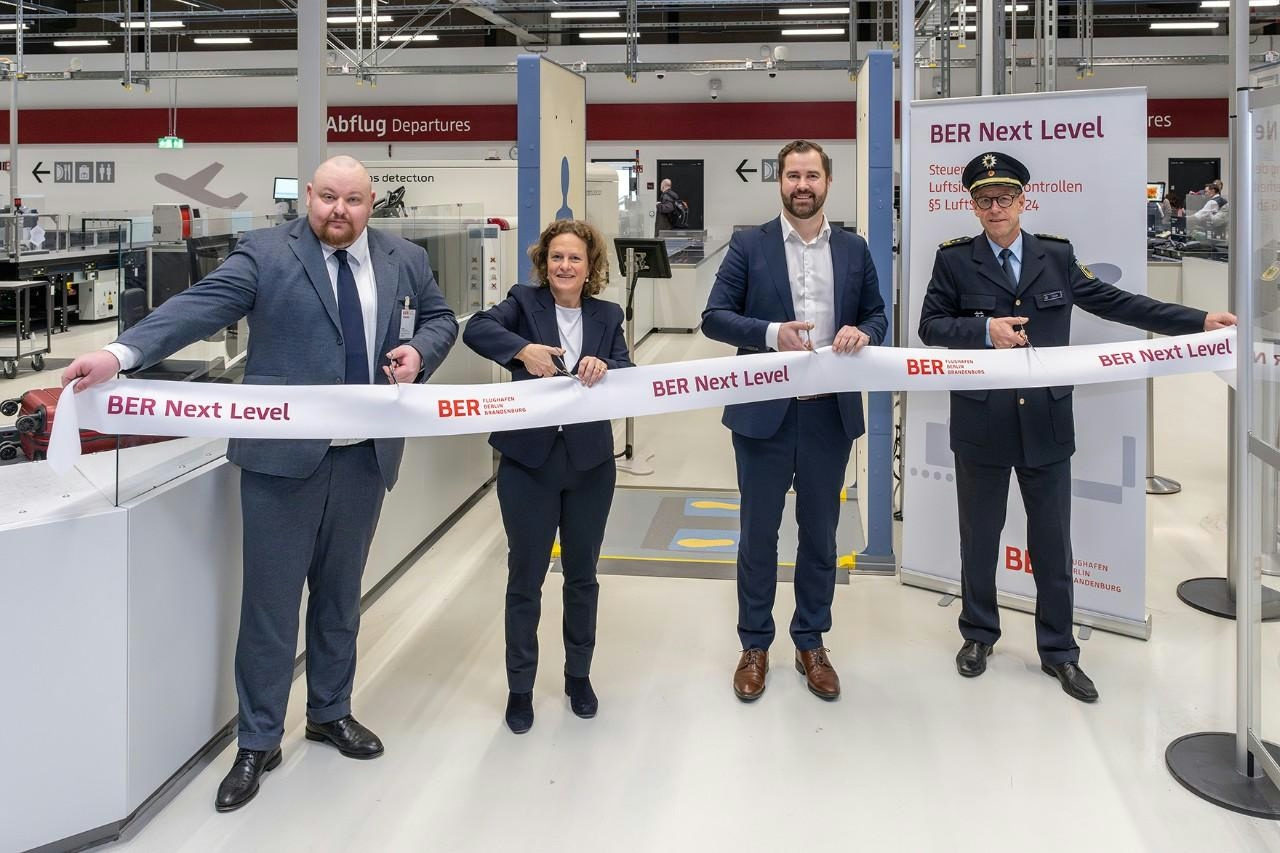
BER CEO Aletta von Massenbach on AI, Innovation, and Sustainability
Aletta von Massenbach, Chief Executive Officer of Berlin Brandenburg Airport (BER), is set to open the International Airport Summit 2025 in Berlin as both the keynote speaker and official Airport Partner. In an exclusive interview ahead of the event, von Massenbach reflects on BER’s evolution since its inauguration in 2020 and outlines her vision for the future of aviation in Germany and beyond.
Navigating Challenges and Embracing Innovation
Opening during the global pandemic presented BER with unprecedented challenges, but von Massenbach emphasizes how the airport used this period as an opportunity to rethink and enhance its operations. She explains that the airport introduced cutting-edge technologies to improve the passenger experience, including the deployment of advanced CT scanners and the integration of artificial intelligence (AI) in passenger communications and aircraft turnaround processes. For von Massenbach, the adoption of AI is purposeful and pragmatic: it must generate tangible benefits for passengers, airlines, or the airport itself rather than being implemented for novelty’s sake.
Despite the clear advantages, integrating sophisticated technologies such as AI and the Internet of Things (IoT) into airport logistics and supply chain management presents significant challenges. Von Massenbach acknowledges that these transformations demand substantial investment and specialized expertise. The industry’s response to such innovations remains varied; while some stakeholders are enthusiastic about AI’s potential, others approach it with caution due to concerns over readiness and cost implications. Meanwhile, competitors are adopting diverse strategies—some are embracing similar technological advancements to maintain competitiveness, while others focus on sustainability initiatives to satisfy regulatory requirements and consumer expectations.
Commitment to Sustainability and Future Outlook
Sustainability continues to be a core priority for BER under von Massenbach’s leadership. She highlights examples such as IKEA’s use of AI to advance sustainability objectives, illustrating both the opportunities and responsibilities associated with deploying emerging technologies. Von Massenbach stresses the importance of responsible AI use, particularly as the aviation industry faces mounting pressure to comply with evolving regulatory frameworks and meet growing consumer demand for environmentally conscious operations. The rapid progress in digital agriculture and sustainability across Europe and Central Asia further underscores the imperative for airports and aviation companies to adapt or risk falling behind.
Looking ahead to the International Airport Summit 2025, von Massenbach expresses enthusiasm for engaging with industry peers to exchange insights on digital transformation, demographic changes, and the urgent need for sustainable growth within the airport ecosystem. She encourages delegates to fully engage with the summit’s agenda and to experience the cultural richness of Berlin during their visit.
The summit, scheduled for 19–20 November, will bring together the global airport community to address critical challenges facing the industry, including unlocking hidden airside capacity without new infrastructure and leveraging technology to foster a more sustainable future.
For further insights, the full interview with Aletta von Massenbach will be available, alongside opportunities to participate in the ongoing dialogue at the International Airport Summit 2025.
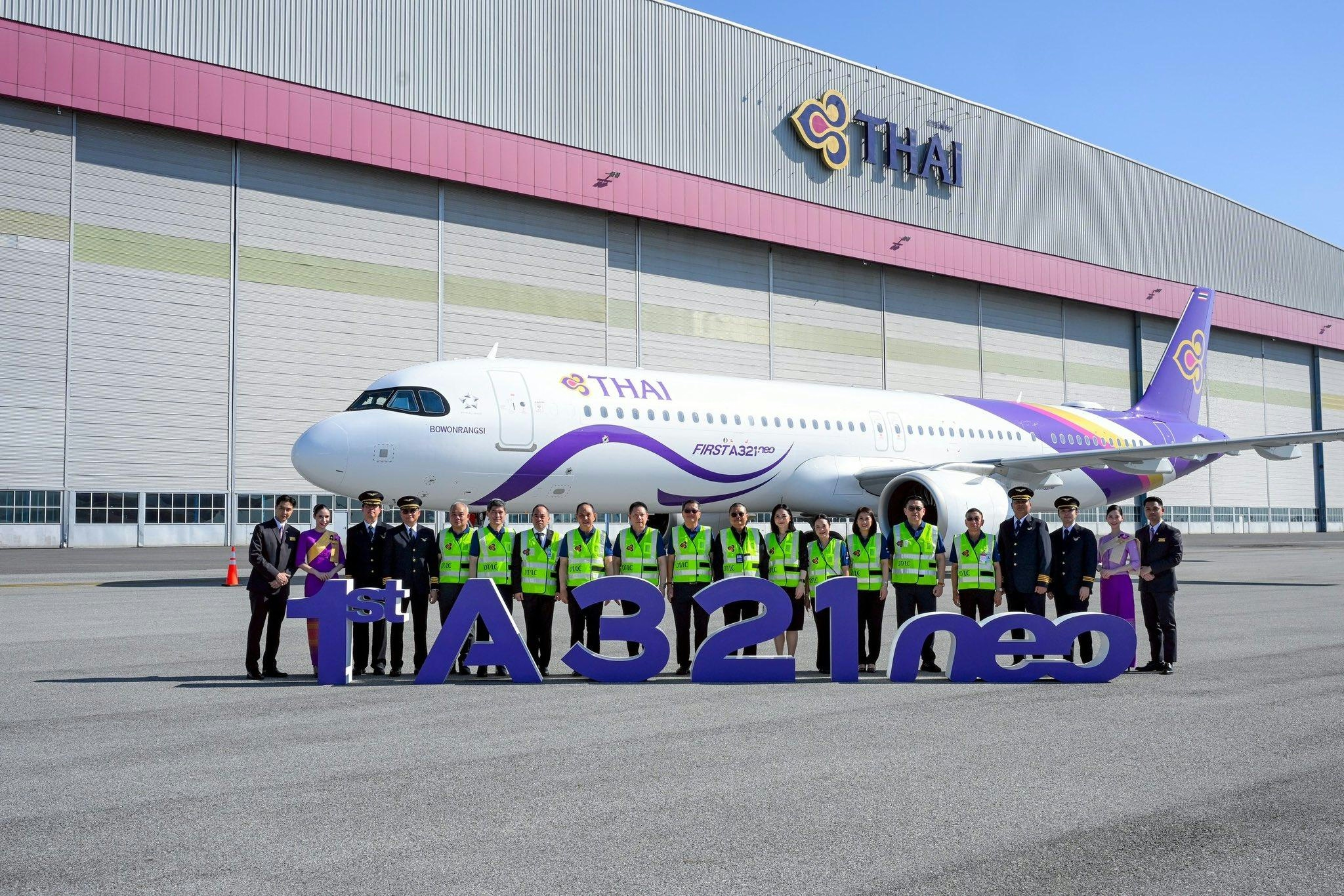
Thai Airways Receives First A321neo Aircraft
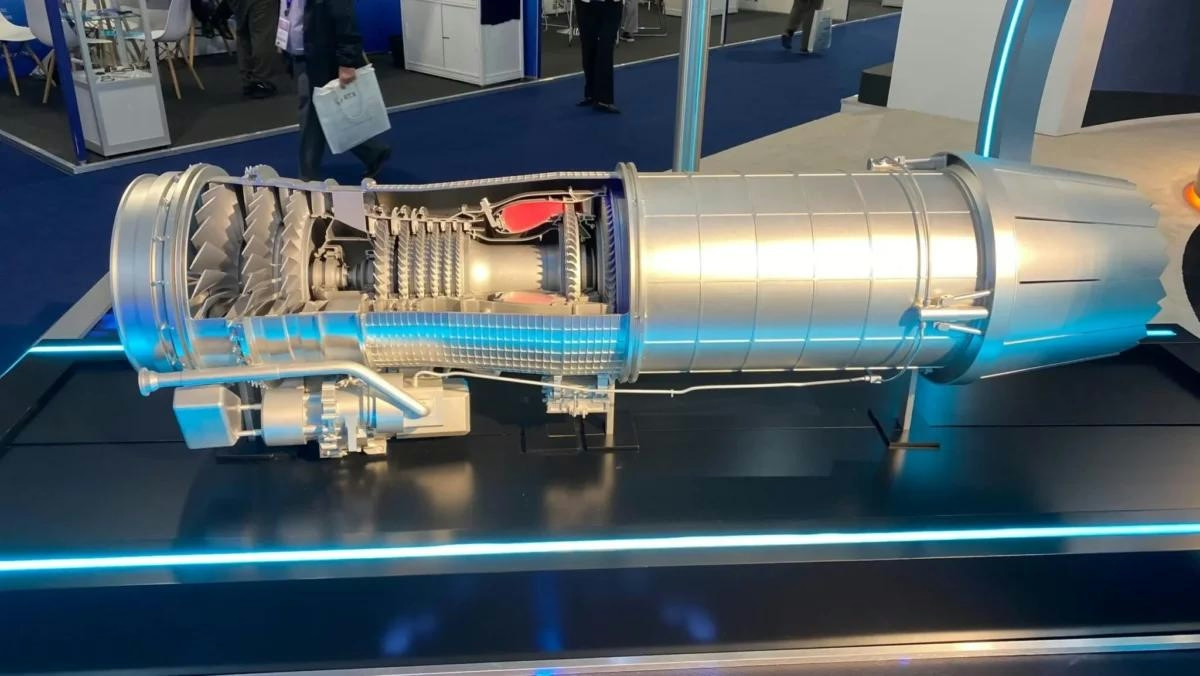
Seoul Invests 3.35 Trillion Won in New Fighter Jet Engine Development
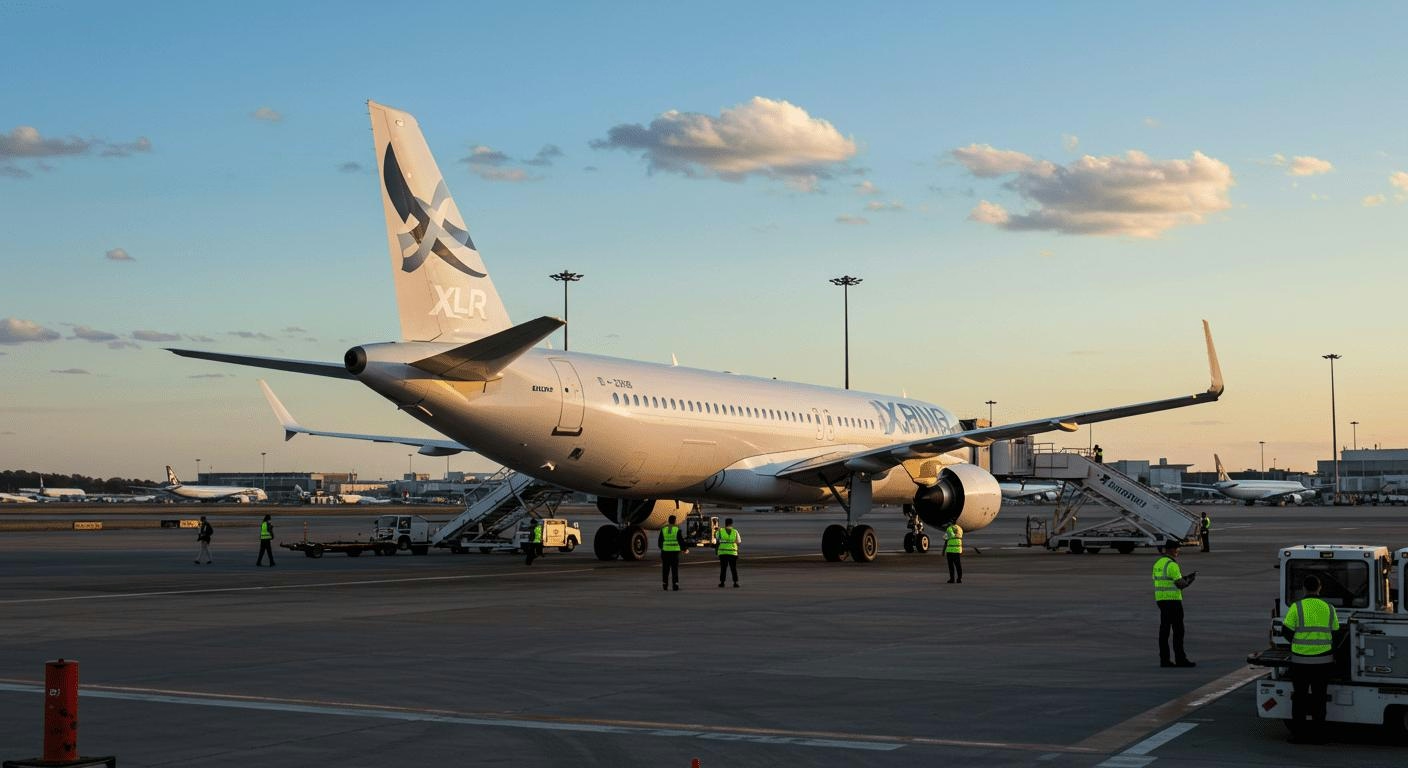
Can the A321XLR Replace Widebody Aircraft?
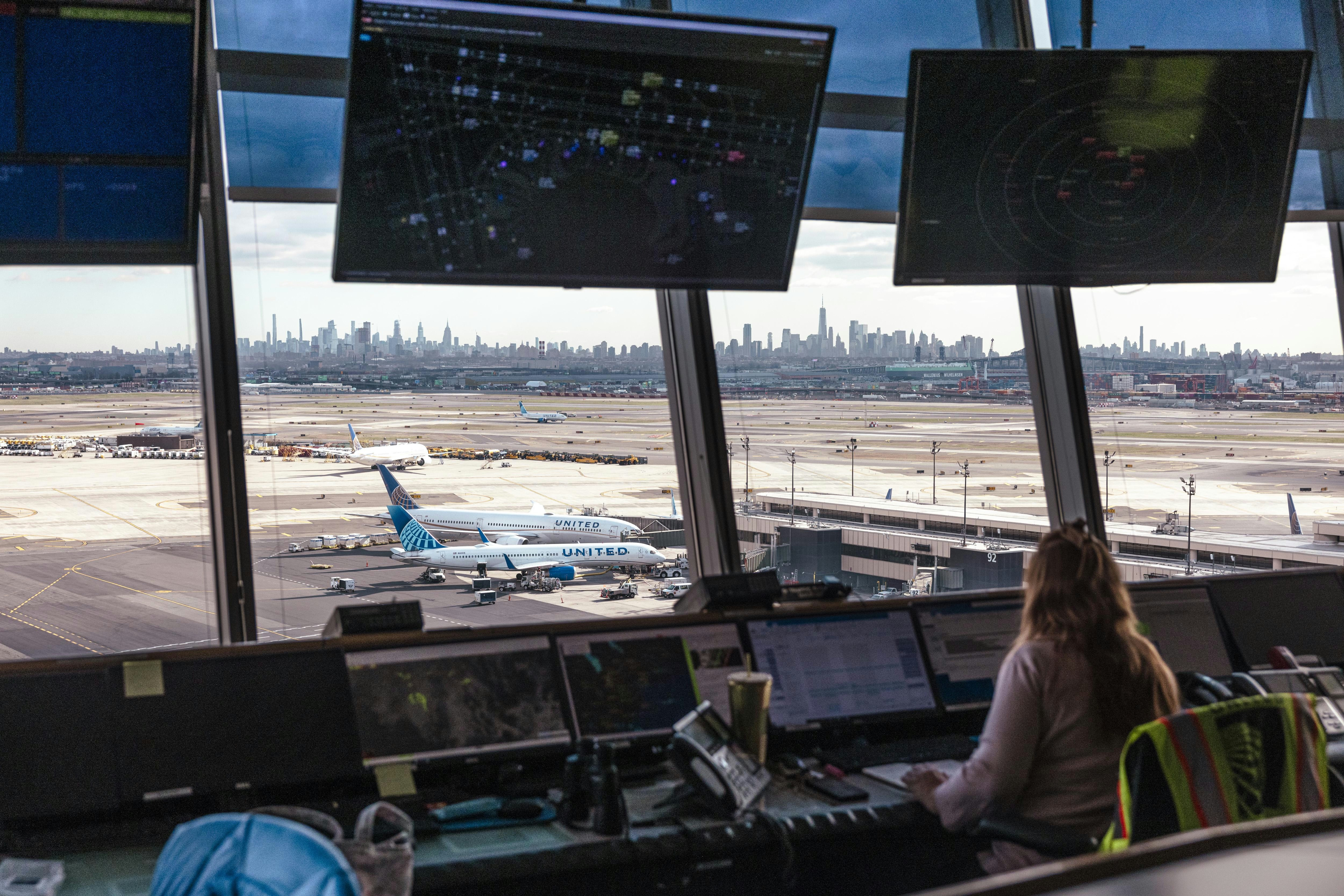
Airline Uses AI to Hold Flights for Passengers with Tight Connections

How Airlines Use AI to Set Flight Prices and What Consumers Can Do

Juniper Expands Fleet with Converted Freighter Leasing

FlyOnE Launches Air-Taxi Service to Rottnest Island
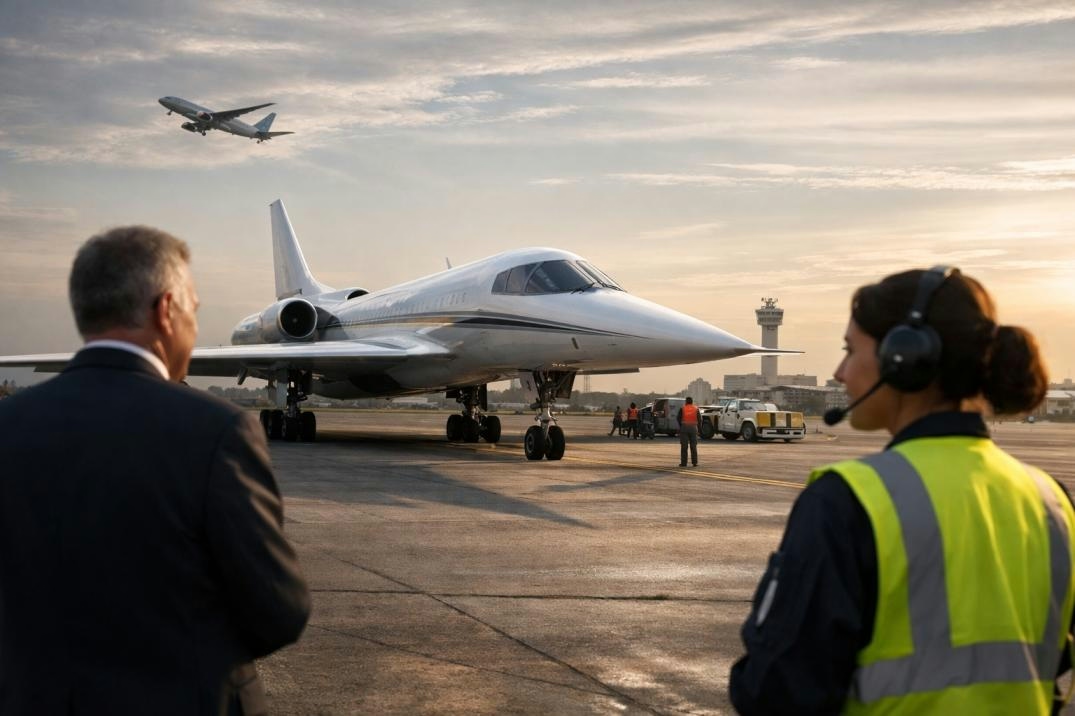
U.S. Plans to Resume Civil Supersonic Flights with Industry Support

MIT Proposes Method to Reduce Airplane Contrails and Climate Effects
